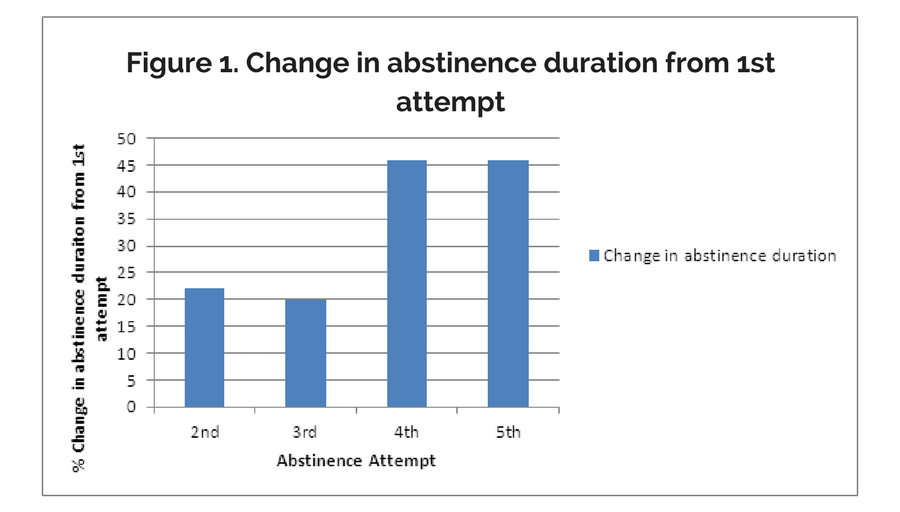Characterizing Recovery From Opioid Dependence Among Adult Males
Recent results from a 33-year observational cohort study highlight the importance of treating addiction as a chronic disease in order to promote recovery from opioid dependence.
This research recruited 471 heroin-dependent males who were admitted to the Civil Addict program.
The Civil Addict Program, established by California legislation in 1961, mandates heroin-dependent criminal offenders to drug treatment.
Researchers interviewed these participants on personal and family background, physical and mental health, drug use and treatment, criminal history, and risk behaviors. They further measured episodic duration of abstinence from heroin over the 33-year follow-up period.
Results from multivariate Cox Proportional Hazard models revealed that:
- demographic variables were not associated with duration of abstinence
- being employed, having less severe drug use, and engaging in treatment for at least 6 months were all associated with longer durations of abstinence
- having 4 or more attempts at abstinence was associated with longer duration of abstinence relative to people who only tried to attain abstinence once
- duration of abstinence among individuals with multiple abstinence attempts were successively longer in subsequent abstinence episodes
- participants who initiated drug use 11-20 years prior to their abstinence attempt had longer periods of abstinence relative to people who had just started using drugs within the past 5 years
IN CONTEXT
Overall, there are several characteristics that predict duration of abstinence among men with heroin-dependence. These characteristics do not seem to be related to demographics, but are related to their drug use and treatment history. There are some psychosocial and contextual variables that also appear to be important, such as employment and incarceration. Furthermore, duration of abstinence continues to increase with successive abstinence attempts. This finding is consistent with the model of addiction as a chronic disease, which suggests that relapse is often part of the recover y process and even when relapse occurs, continued and extended abstinence can still be attained with future attempts.

CITATIONS
Nosyk, B., Anglin, M. D., Brecht, M. L., Lima, V. D., & Hser, Y. I. (2013). Characterizing durations of heroin abstinence in the California Civil Addict Program: results from a 33-year observational cohort study. American journal of epidemiology, 177(7), 675-682.

